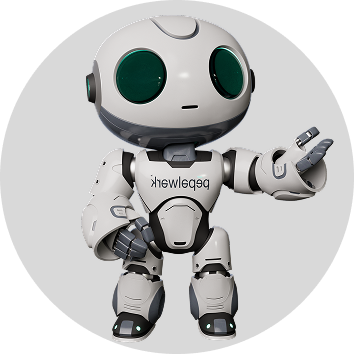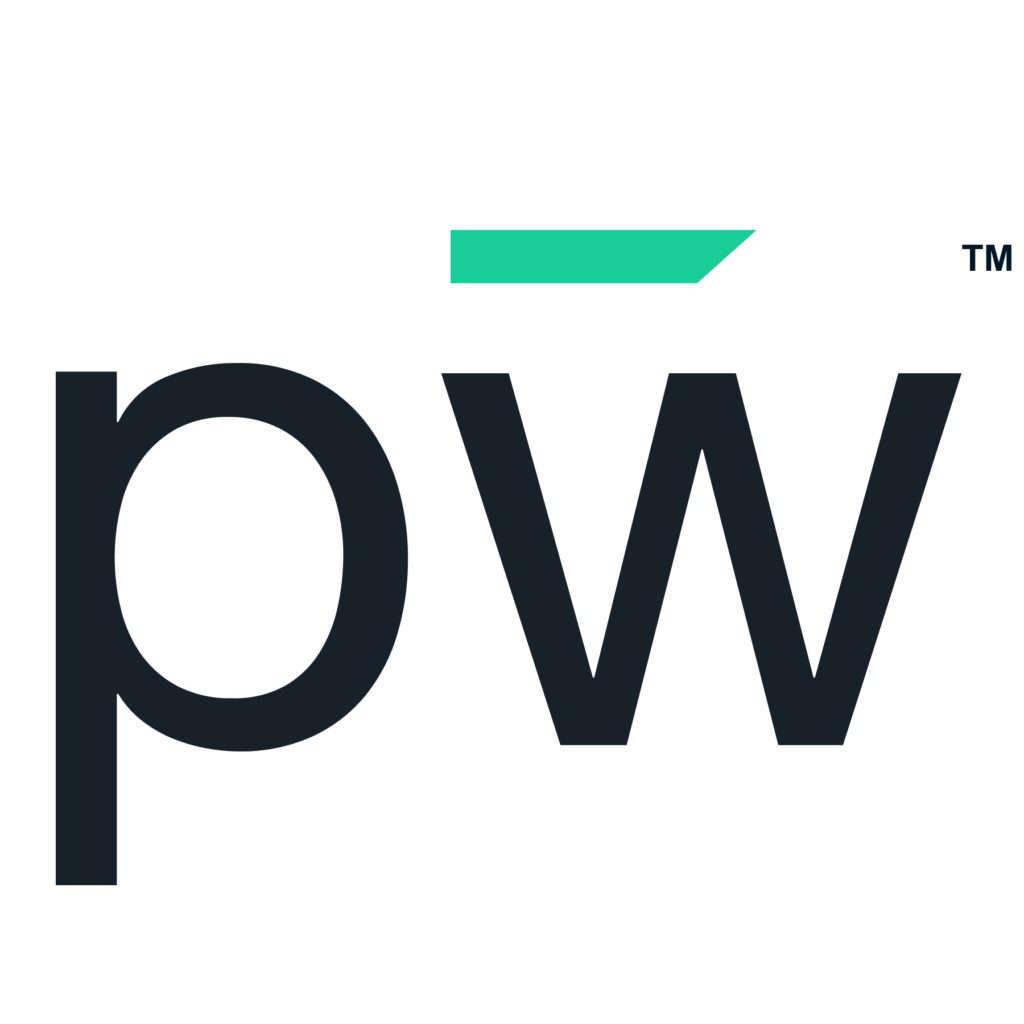Is your current talent acquisition and development strategy enabling you to successfully build your workforce for today and beyond? The landscape around recruitment and hiring has changed dramatically, which means you also need to evolve.
When redefining strategic workforce planning, you should consider new frameworks, such as the performance-based work model. Adopting this approach can deliver many benefits for you and job seekers.
What is performance-based hiring?
Traditional hiring methods are no longer sufficient in today’s competitive market. You need to be more strategic and outcome-oriented in your approach to hiring. One process worth evaluating is performance-based hiring.
The Adler Group developed this framework, which includes the entire ecosystem of sourcing, screening, interviewing and recruiting. Its foundation is that a job’s performance objectives should define its description, and a candidate’s competency and motivation to meet these should determine who you hire.
It involves three core principles:
- Clearly define what exceptional performance looks like for the role and the outcomes and skills needed for success.
- Seek candidates who have a record of achieving those results.
- Use performance-based interview structures to focus on the past achievements of the job seeker and future performance expectations.
This concept closely aligns with skills-based hiring. Your hiring decisions are based on a candidate’s ability to deliver the results you require. In skills-based hiring, you evaluate candidates on their skills, abilities and attitudes instead of evaluating them solely on standard qualifications, such as a degree or specific industry experience.
Shifting to performance-based hiring can yield many benefits.
What are the benefits of this model for talent acquisition and development? When you use this approach along with skills-based hiring, you can realize many improvements in talent acquisition and development.
Through this strategic workforce building, you’ll see these 10 benefits:
- Support organizational goals related to the outcomes that define success (e.g., hitting sales goals, entering new markets or deploying new products).
- Enhance the candidate experience through a more equitable process that considers the whole person and their capabilities.
- Improve the quality of hires because you’re focusing on performance and results and ensuring there is a skills match.
- Expand the idea of “qualified,” so the candidate pool is larger.
- Create a more diverse workplace, which is proven to be good for your culture and bottom line.
- Build a more engaged workforce with transparency and more meaningful work, which is vital to the new generation of workers.
- Reduce turnover that often happens because of mismatches.
- Enhance productivity, which ties to engagement.
- Shorten the time to hire with a more streamlined process.
- Decrease your cost per hire with a more effective approach to hiring.
Embracing performance-based hiring sets you to hire for the present and future. Get insights on how to do this by watching the video below.
This philosophy is something that our skills-to-job-matching platform supports and is how we hire as well.
“The way people work is changing, and hiring practices must shift, too. Performance-based hiring is a framework that enables this transition with benefits to those hiring and workers,” pepelwerk CEO and co-founder Kim Kelley said about using this approach.
The next step is implementing this framework into your talent acquisition and development structure.
How do you implement performance-based hiring with strategies and technology?
To establish performance-based hiring, you’ll need to evolve your talent acquisition and development strategy:
- Focus on skills-based hiring and alignment between what a person can do with the specific functions of the role.
- Identify hiring managers’ key outcomes and performance expectations.
- Structure interviews based on real-world scenarios by asking candidates how they applied their knowledge or skills to find solutions.
- Ensure that continuous skill development is accessible to every employee.
- Eliminate traditional hiring practices that use job descriptions, applications and resumes.
The path to performance-based hiring must also include job-matching software. In this model, you evaluate people based on their abilities, aptitudes and attitudes — not on a degree or experience. This can be challenging, but pepelwerk’s platform does this with artificial intelligence (AI) and machine learning algorithms.
pepelwerk delivers a better path to workforce building.
In the platform, you’ll create job profiles based on outcomes and expectations. Job seekers have talent profiles that define all their attributes. Then, AI does the matching. The system also acts as the hub for communication, interviews and skill development, and you can track and measure your success.
pepelwerk offers a solution that brings together the concepts of meaningful work in the modern workplace and performance-based outcomes.
Join this revolution in recruitment by attending one of our career events.










